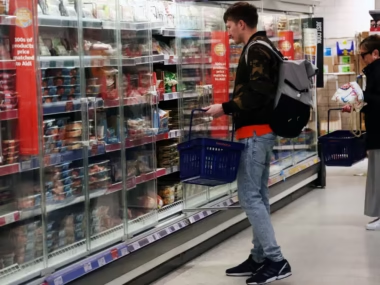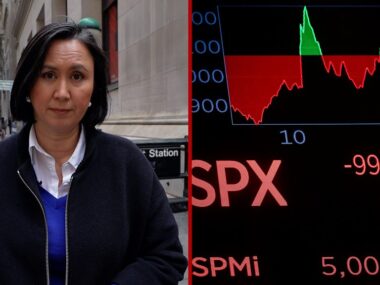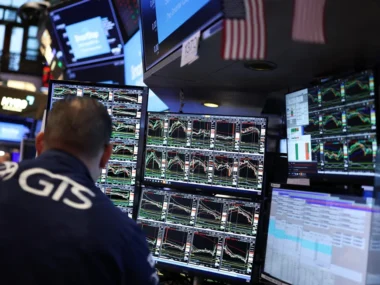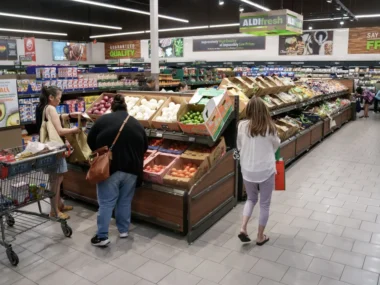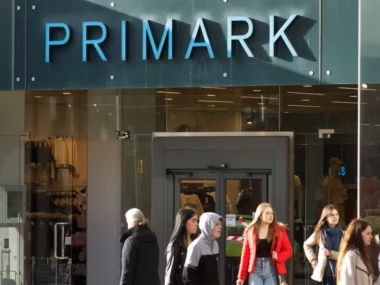Highlights:
- According to Goldman Sachs, they anticipate that credit card losses will continue to rise until late 2024 or early 2025.
- What stands out as unusual is that these losses are increasing at a faster rate even when there isn’t an economic downturn, as stated by the firm.
- At present, credit card losses are at 3.63%, which is an increase of 1.5 percentage points from the lowest point.
Credit card companies are currently experiencing the swiftest increase in losses in nearly three decades, except for the Great Financial Crisis, according to analysis from Goldman Sachs.
The decline in credit card losses hit its lowest point in September 2021, and while the initial uptick was likely due to the end of stimulus measures, the rise has been accelerating since the first quarter of 2022. This acceleration mirrors a trend only previously seen during the 2008 recession.
Goldman Sachs predicts that this trend is far from reaching its peak. Currently, credit card losses are at 3.63%, which is up 1.5 percentage points from the lowest point. The projection is for these losses to climb another 1.3 percentage points to reach 4.93%. These increases come at a time when Americans collectively owe more than $1 trillion on their credit cards, a record high as reported by the Federal Reserve Bank of New York.
Analyst Ryan Nash noted that what makes this situation unusual is that the losses are intensifying outside the context of an economic downturn. Historically, three out of the past five credit card loss cycles were associated with recessions, with the exceptions being in the mid-’90s and from 2015 to 2019. Nash compared the current situation to these non-recessionary cycles and anticipates further losses.
He also drew parallels between this cycle and those in the late 1990s and the 2015-2019 period, citing strong loan growth as a precursor to increased losses. Nash pointed out that history has shown losses tend to peak six to eight quarters after loan growth reaches its peak. This suggests that the credit normalization cycle is only midway through, hence the prediction of losses peaking in late 2024 or early 2025.
Nash identified Capital One Financial and Discover Financial Services as having the most downside risk in this scenario.


